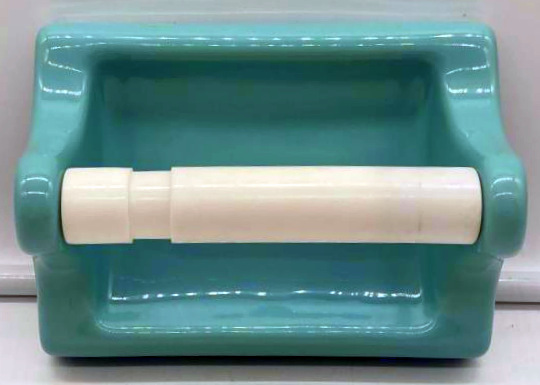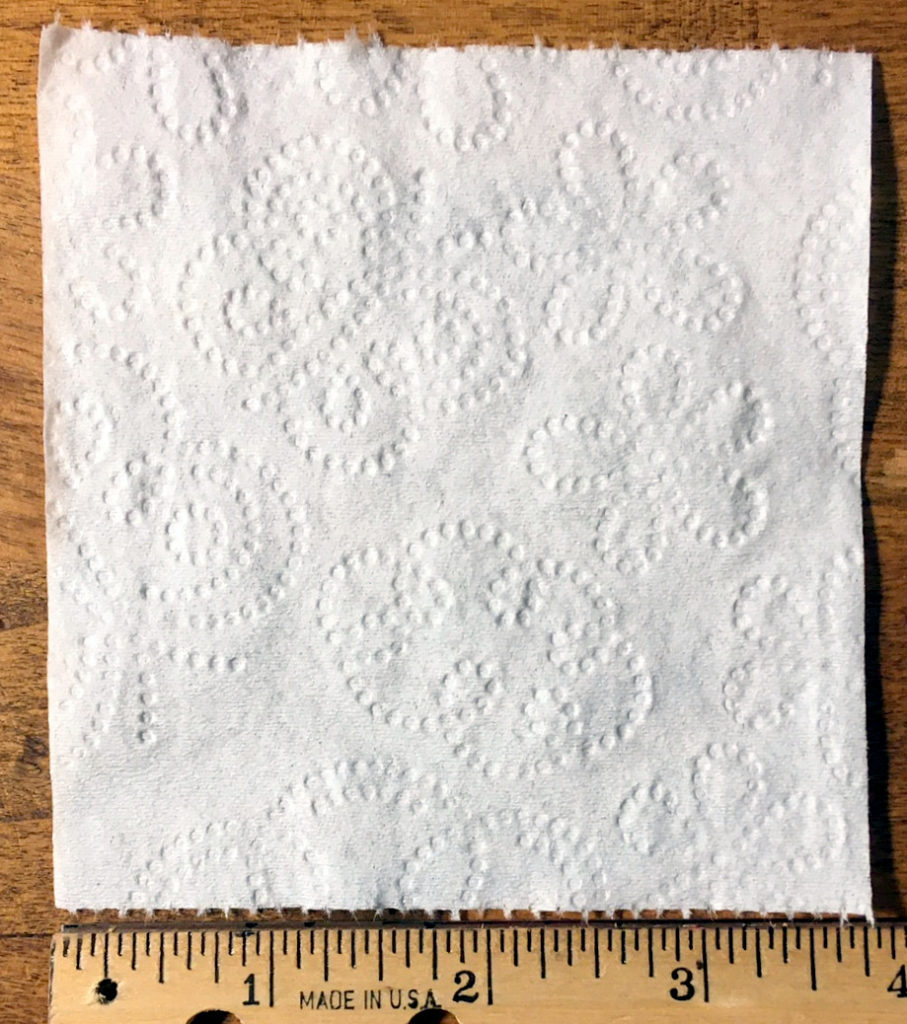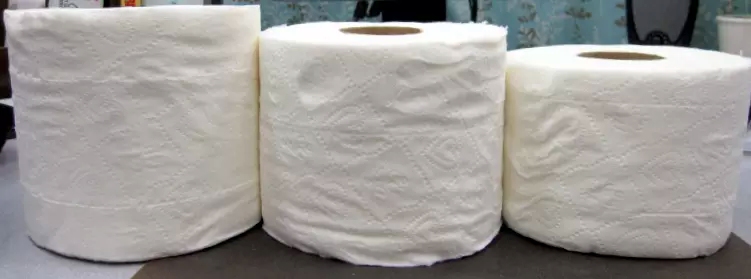If your toilet paper gets narrower by 1/16″ every year, do you think you will ever notice? Eventually, you probably will. Toilet paper is shrinking.

Back in the good old days, which ended about in 2019, toilet paper came in rolls with sheet sizes that were 4 1/2 inches by 4 1/2 inches. That made the roll exactly 4 1/2″ wide. Toilet paper was this ‘standard’ size for about 100 years before that.
Over the past 60 years, a single roll of Charmin toilet paper has shrunk by 90%, according to ConsumerWorld.org. The paper rolls have lost both width and depth, and have been wound onto bigger and bigger cores, wasting more space in the middle.
The reduction in toilet paper sizes has not gone unnoticed by consumers. Many individuals have expressed frustration and concern over the perceived “shrinkage” in their preferred toilet paper brands. To adapt to smaller sizes, some consumers have increased their purchase frequency, while others have resorted to using more sheets per use. A few consumers have quit using toilet paper, but these users are concentrated in the Pacific Northwest. Others have switched to cheaper brands.

At the left is an original ceramic toilet paper holder that was installed in 1960’s bathrooms. The holder is 6 1/2″ wide. The sides are 7/8″ wide. That leaves a space 4 3/4″ wide to install the toilet paper. This barely accommodated a 4 1/2″ wide roll, leaving about 1/8″ of play on either side.
Once the paper was installed in the holder, it was a very tight fit. The holder was so tight that the back of the roll rubbed on the holder, making the roll harder to turn to get the first few sheets off.
As of 2015 toilet paper had shrunk to 4×4. The Pandemic brought about even quicker changes. Today, the roll below is 3 3/4″ in width. Clearly, toilet paper is shrinking. And, fast.
How The Shrinking Is Done
1.Shrinking the sheets.

Two studies were done of the sheet size.
Study #1: Date of downsizing: January 1, 2020. Previous size and dimensions: 4.5 inches width, 4.1 inches diameter. New size and dimensions: 4 inches width, 3.7 inches high.
Study #2: Date of downsizing: May 15, 2021. Previous size and dimensions: 4.3 inches width, 3.9 inches diameter. New size and dimensions: 3.8 inches width, 3.4 inches high
Note that these smaller sizes came about in the middle of the Pandemic. Toilet paper has continued to shrink even more since then!
2. Putting fewer sheets on a roll:
Study #1: Reduction of number of sheets from 176 to 160.
Study #2: Reduction of number of sheets from 200 to 180.
3. Making the center core bigger (adding empty space to the center of the roll):
Study #1: Increased the core size from 1 3/8″ to 1 5/8″.
Study #2: Increased the core size from 1 1/2″ to 1 5/8″.
4, Fewer rolls in a package:
When a 12-pack becomes a 10-pack for the same price, the change is huge. However, this is one of the sneakiest changes, and many customers will not notice it,
5. Fake “Eco” Claims To Justify Shrinkage:
Instead of admitting that they are maximizing profits, companies trumpet that they are ‘saving the planet’ when they provide less product for a higher price. But occasionally, fantastic new breakthroughs in toilet paper technology are possible, Such as when forward-thinking companies develop new strains of toilet paper from previously-unheard-of materials.
6. Pandemic excuses:
Companies used the COVID pandemic as an excuse to significantly downsize their products. Many toilet paper products dropped 20-25% in size over just a couple of months. This, even as prices rose.

Humans tend to notice negative changes more readily than positive ones – a phenomenon known as negativity bias. Therefore, even minor reductions in size can create a more significant perception of shrinkage. When they discovered toilet paper was shrinking at an even faster rate during the Pandemic, they noticed.
The reduction in toilet paper sizes has not gone unnoticed by consumers. Many individuals have expressed frustration and concern over the perceived “shrinkage” in their preferred toilet paper brands. To adapt to smaller sizes, some consumers have increased their purchase frequency, while others have resorted to using more sheets per use. To combat the constant downsizing of toilet paper, companies have introduced new active cleaning”ripple” technology to ensure that a smaller amount of paper will still do the job.
Conclusion:
Toilet paper shrinkage has become a serious topic of discussion among consumers. This article explored the evolution of toilet paper sizes, specific case studies showcasing downsizing, and the underlying factors driving this change. By being aware of the factors influencing these changes, consumers can make informed decisions and adapt accordingly.
